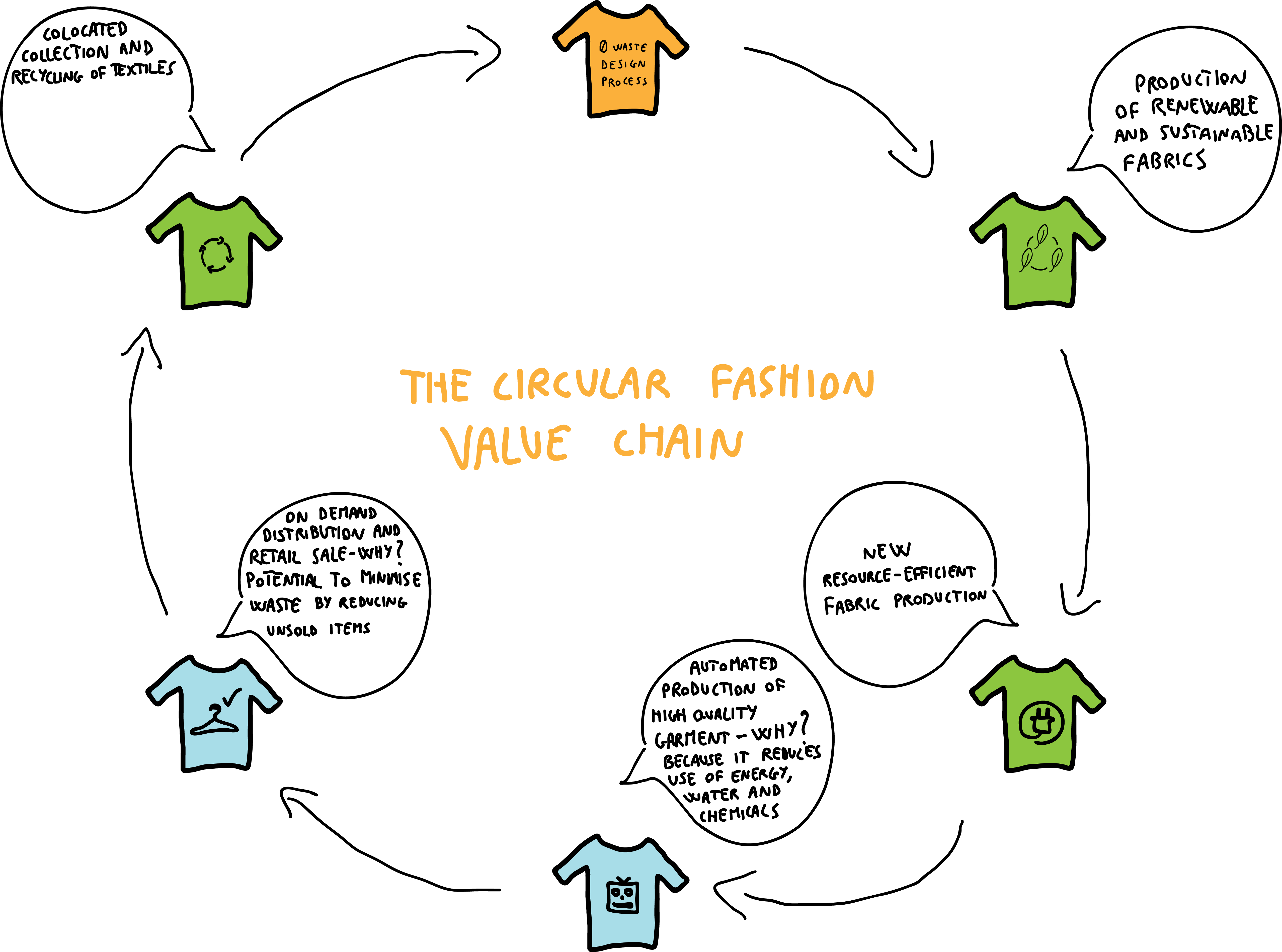SOCIAL INNOVATION & SUSTAINABILITY

Anyone who thinks that linear thinking is the way to go for future design leaders is wrong. Linear thinking has a beginning and an end. However, in today’s world things are interconnected and we need to think about the whole structure. Systems Thinking looks at the overall picture and that, is the way forward. As a designer I found interesting what Sara Tranum said: “Design is in everything and everything is connected” (Tranum, 2020) because combining Systems Thinking to Systems Design is a fundamental approach to generate social impact.

As seen on the visual above, systems thinking connects everything around it. In the lecture we talked about the cultural, financial, environmental and social impact we create when designing divergent solutions. The result of these factors defines a robust solution for the challenges we take. I personally think that addressing these 4 factors would help me design for a bigger purpose and I would use such ideology when working on new projects so that I could always refer back to it and be aware of the projects’ purpose and possible harm for the world. see below.

Leyla Acaroglu’s TED talk clearly refers to the above visual, sustainability strategist starts by explaining that paper bags are actually more harmful for the environment than plastic ones, underlining that we need to take into consideration the entire system and the entire life of the things we design. (Acaroglu, 2013) We have been using linear systems for a decade now, applying concepts like making, using and disposing. It is time to change and apply circular systems in how we lead and design. Example of a fashion circular system below

Circular Fashion Value Chain – McKinsey & Company
A great example of this is the circular system of Patagonia which mission statement is to “Build the best product, cause no unnecessary harm, use business to inspire and implement solutions to the environmental crisis.”
Patagonia’s environmental impact is seen on the use of organic cotton on all his products, a high amount of its materials are made from recycled fabrics and a repair and use programme called ‘Worn Wear’ is offered by he company where people can purchase clothes made from used ones, such process is getting more and more popular and is widely known as “Upcycling”. On top of that Patagonia received the second highest rating in the 2019 Ethical Fashion Report which looks at the payment of a living wage, transparency, and worker empowerment. (Wolfe, 2017)

For me, the most meaningful learning from this results is the fact that Patagonia clothing is not just a collection of shirts and trousers but it has been growing to protect the environment and has clearly highlighted this in everything they do, from the production of clothing to their promotion of activism for being in business to save the planet.
Subsequently, I increasingly realised that to be a feature leader, I need to display my values and commit for a better, more sustainable future. Not only because this might help me stand out from the competition, but because the new generation is changing in a way that looks at brands with a cause and, as being part of it I feel that this is the right way to lead upcoming projects and challenges. As Yvon Chouinard said at 1% for the planet Global Summit 2019: “We’ve got to get back to working with nature rather than trying to control it”. (Chouinard, 2019)
REFERENCES
Acaroglu, L. (2013) Leyla Acaroglu: Paper beats plastic? How to rethink environmental folklore | TED Talk. Available at: https://www.ted.com/talks/leyla_acaroglu_paper_beats_plastic_how_to_rethink_environmental_folklore?language=en#t-1065914 (Accessed: 6 March 2020).
Acaroglu, L. (2017) Tools for Systems Thinkers: The 6 Fundamental Concepts of Systems Thinking. Available at: https://medium.com/disruptive-design/tools-for-systems-thinkers-the-6-fundamental-concepts-of-systems-thinking-379cdac3dc6a (Accessed: 6 March 2020).
Chouinard, Y. (2019) (2) Global Summit 2019: A conversation with Yvon Chouinard and Kate Williams – YouTube. Available at: https://www.youtube.com/watch?v=QfcKYMW7C24 (Accessed: 6 March 2020).
Essay, UK. (2018) Circular Economy Business Model: Patagonia Case Study. Available at: https://www.ukdiss.com/examples/circular-economy-business-model.php#citethis (Accessed: 6 March 2020).
Segura, A. (2019) Circular Economy in Fashion – The Fashion Retailer. Available at: https://fashionretail.blog/2019/04/01/circular-economy-in-fashion/ (Accessed: 6 March 2020).
Wolfe, I. (2017) How Ethical Is Patagonia? Available at: https://goodonyou.eco/how-ethical-is-patagonia/#:~:text=Environmental Impact&text=Patagonia belongs to both the,too many of its products. (Accessed: 6 March 2020).
